Grocery shopping is a routine activity that influences our health more than we know.
What you eat and how you eat it can both make a big difference in your IBS symptoms--but did you know that how you shop matters, too?
Grocery shopping can make or break the success of the Low FODMAP diet for IBS. Shopping mistakes can lead to food waste, overspending, GI symptoms from accidental high FODMAP choices, and even an increased risk of food poisoning and post-infectious IBS. But with a few simple tweaks, you can shop smarter with confidence in no time.
Here are 7 Food Shopping Mistakes with IBS and What to Do Instead:
#1- You don’t read ingredient lists.
Gluten-free and dairy-free ice cream has to be Low FODMAP, right? Nope! Sneaky FODMAPs like inulin, fructose, and sugar alcohols can appear in almost anything with a label.
Instead: If you see an ingredients list, you should read it. If reading labels frustrates you, you can read fewer labels by buying fewer packaged products. Instead, lean on fresh or frozen single-ingredient foods like fruit, veggies, gluten-free whole grains, fish, seafood, poultry, and meats. For more tips on label reading for a Low FODMAP diet, check out this guide from Monash University.
#2- Shopping for cold items first.
You go for produce, fresh meat, and frozen items and then peruse the aisles before taking your groceries home in a hot car. The time your food spends in your cart and car is when it is not held at the right temperature and could be in the danger zone.
Instead: Shop for shelf-stable items first and cold foods last, especially on grocery trips that are larger, longer, further away, or on hot days. Remember that the first section you see of the grocery store is usually not shelf-stable goods, so you may need to take a less intuitive path through the store.
#3- Buying in bulk when it doesn’t make sense.
You buy Low FODMAP foods you don’t usually eat in bulk, eat what you can and freeze the rest after a few days. But they take up much of your freezer space, and your Low FODMAP firm bananas turn into high FODMAP ripe bananas. Of course, you discovered you tolerate your favorite high FODMAP fruits except for all the frozen ripe bananas.
Instead: Only buy in bulk when it makes sense. It makes sense for foods that you know you tolerate, enjoy, have space to store, and will quickly consume within a few months. The Low FODMAP phase is short-term, so don’t go overboard on bulk purchases of new Low FODMAP foods for IBS. You might discover that you tolerate high FODMAP foods you enjoyed before during the challenge phase and want to return to those.
#4- Shopping before you make a realistic meal plan.
You purchase fresh food to prepare meals at home all week, then eat out six times because of your hectic schedule. The food you bought and any leftovers spoil in the fridge.
Instead: Look at your schedule, fridge, and pantry before you meal plan and be real. Plan meals using items you have that need to be used first, and if you are going to eat out, do not purchase groceries for those meals. To help ease the transition from eating out frequently to eating at home, plan simple “sheet pan” or “one-pot” meals, and consider whether a meal planning and ingredient delivery service might be right for you. Modify Health offers a Monash University-certified Low FODMAP meal delivery kit--with an option where a dietitian supports you through the process.
#5- Shopping without a list.
Impulse buying items that spoil quickly, like fresh produce, feels like a good thing at the store but sets you up for food waste without a plan to use the items.
Instead: Always shop with a list. Even if you make it in the grocery store parking lot, a list is better than no list. If a list feels too restrictive, try adding an amount and category to your list, like “8 pieces of fruit for snacks” or “3 packages of frozen veggies for dinners.” This makes your list flexible so you can see what looks good but is still helpful as a guide. If you aren’t sure what to buy with IBS on a Low FODMAP diet, make your list using a Low FODMAP grocery list like this by dietitian Kate Scarlata. Pro tip -- save meal plans and corresponding grocery lists that worked for your family. When you don’t have time to plan, you can pull one out on your way out the door, et voila--you’re ready to shop.
#6- Not reading the dates.
You grab the first package of leafy greens in the row, and it looks good, so you put it in your cart and move along. You pull it out of the fridge later in the week, and it is spoiled. You notice the “use by” date was last week.
Instead: Read the dates and pick the item with the furthest date, especially if you do not plan to use it that very day. For more on the Food Labels, check out the USDA’s post on food product dating and my post on Smart Food Storage for IBS.
#7- Packages of raw animal products are on top of your shopping cart or grocery bag.
Raw meat, fish, poultry, dairy, and seafood are especially prone to harboring bacteria that cause illness, including food poisoning and post-infectious IBS, if improperly cooked.
Instead: Separate raw animal products in your cart and shopping bag into their own plastic bag. This protects foods like produce you will eat raw from harmful drippings.
For more general Food Shopping Safety Guidelines, check out this post by dietitian Ester Ellis from the Academy of Nutrition and Dietetics.
- Tuck, C. (2015, September 17). Label reading – how to spot the FODMAPS. Label reading and how to spot the FODMAPs - A blog by Monash FODMAP | The experts in diet for IBS - Monash Fodmap.
- U.S. Department of Agriculture. (n.d.). Danger Zone. Food Safety and Inspection Service.
- ModifyHealth, Inc. (n.d.). Low-fodmap Meal Plan Delivery. ModifyHealth.
- Scarlata, K. (n.d.). Low Fodmap Grocery list.
- U.S. Department of Agriculture. (n.d.). Food Product Dating. Food Safety and Inspection Service.
- Ellis, E. (2021, August 5). Food Shopping Safety Guidelines. Academy of Nutrition and Dietetics.


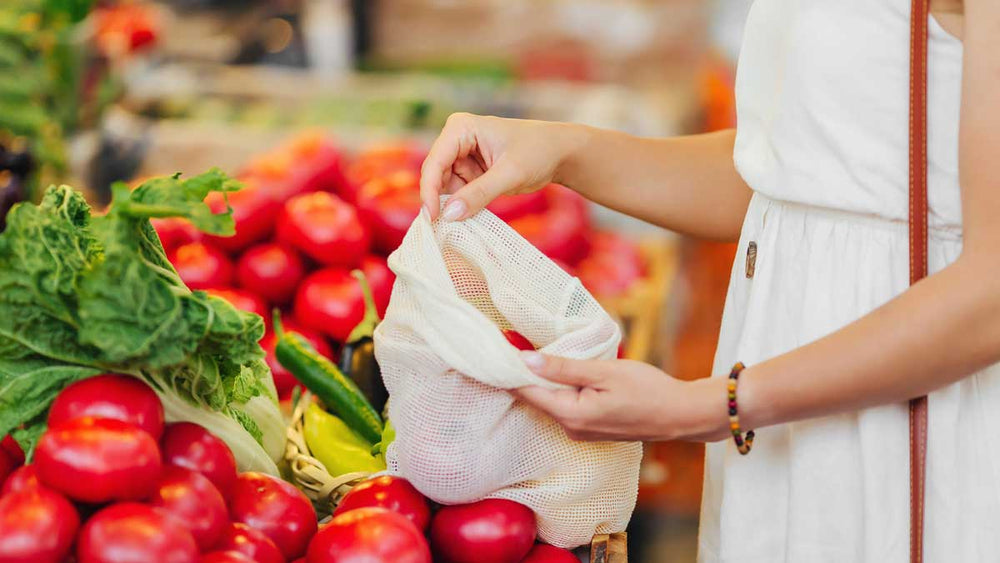

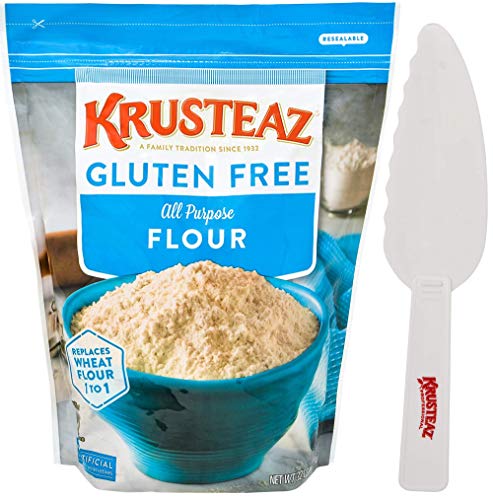
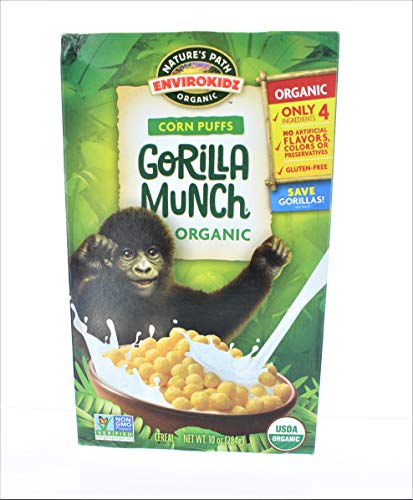









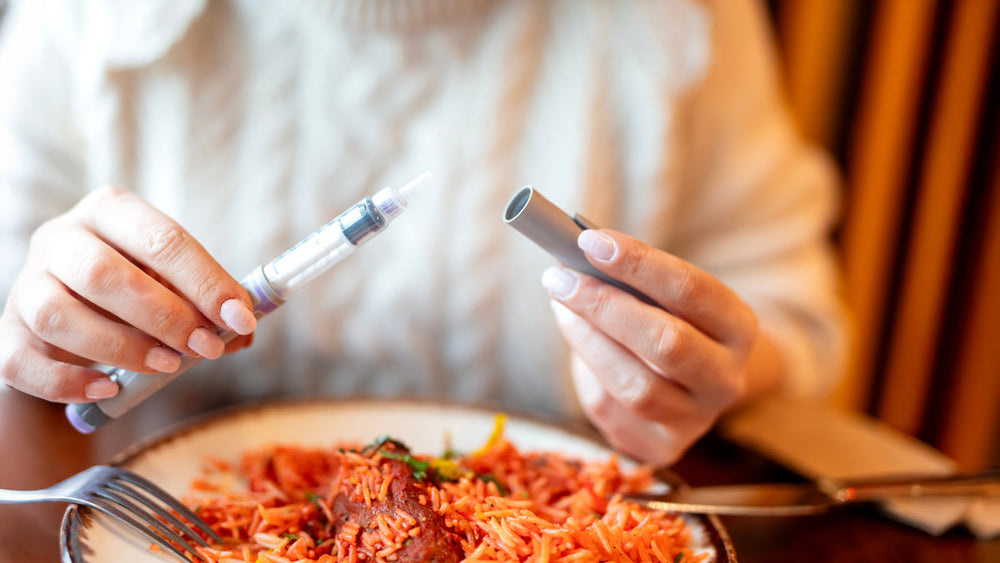

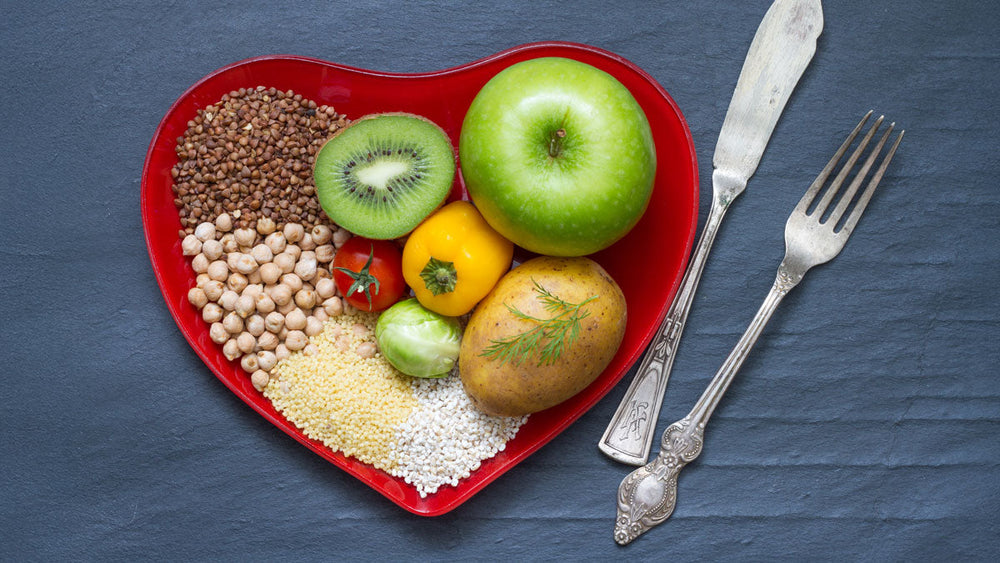



Comments
Join The Conversation...